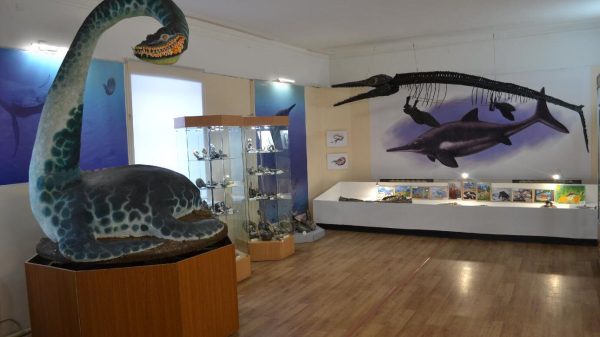Spider species mistakenly thought to be two-eyed
A species of harvest spider hid four extra eyes, according to a new study. Vestigial organs suggest that this arachnid species is about 50 million years older than previously thought, report in the journal Current Biology.
 Photo: campuspress.yale.edu
Photo: campuspress.yale.edu
Unlike spiders, which can have up to eight eyes, the approximately 6,500 species of hay spiders have only two eyes. But a 2014 study described the fossil of an extinct four-eyed haymaker spider.
Biologist Guilherme Gainette examined vision-related genes and proteins in haymaker spider embryos. In addition to the pair of eyes this species is born with, hidden eye whites suggest that embryos have two more pairs.
“There is no lens or any external sign that they are there,” Gainette notes. But testing for the molecular building blocks of vision has revealed where arachnid ancestors once had four eyes.
The team discovered that another species, Iporangaia pustulosa, also has vestigial eyes on the sides of its head. By studying where this trait appears throughout the evolutionary history of harvest spiders, the team estimated that the group's last common ancestor lived about 537 million years ago, beating the previous estimate by about 50 million years. Researchers believe this new discovery helps explain some of the mysteries of harvest spiders. Some of the oldest known fossils of the species are found in quartz deposits.
These arachnids may use underdeveloped eyes to maintain circadian rhythms or detect changes in light intensity, Gainette said.
The study, biologists say , «suggests that they have changed very little over a very long time.» The scientists also discovered that many vision-related genes were altered during the formation of the vestigial eyes, two of which are located just above the spider's leg joints.
“Can they see with their shoulders? asks biologist Gainette. “Probably not in the way most people might imagine—there are no lenses associated with these areas to focus the light.” But perhaps these areas of tissue are still sensitive to light.” He explains that they could help detect the difference between darkness and light, although behavioral studies would be required to explore this possibility.


























































Свежие комментарии